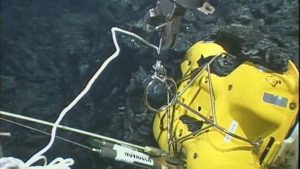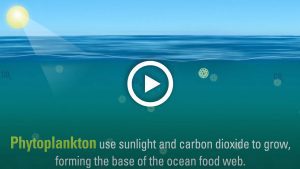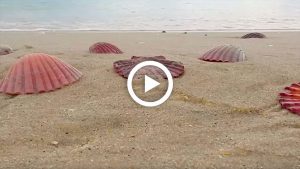If you go swimming in a lake, the water is fresh; when you dive into the ocean, it tastes salty. But why?
Learn more: https://www.whoi.edu/know-your-ocean/did-you-know/what-makes-the-ocean-salty/
SEARCH RELATED TOPICS: How the Ocean Works / Ocean Chemistry
Image and Visual Licensing
WHOI copyright digital assets (stills and video) contained on this website can be licensed for non-commercial use upon request and approval. Please contact WHOI Digital Assets at images@whoi.edu or (508) 289-2647.







